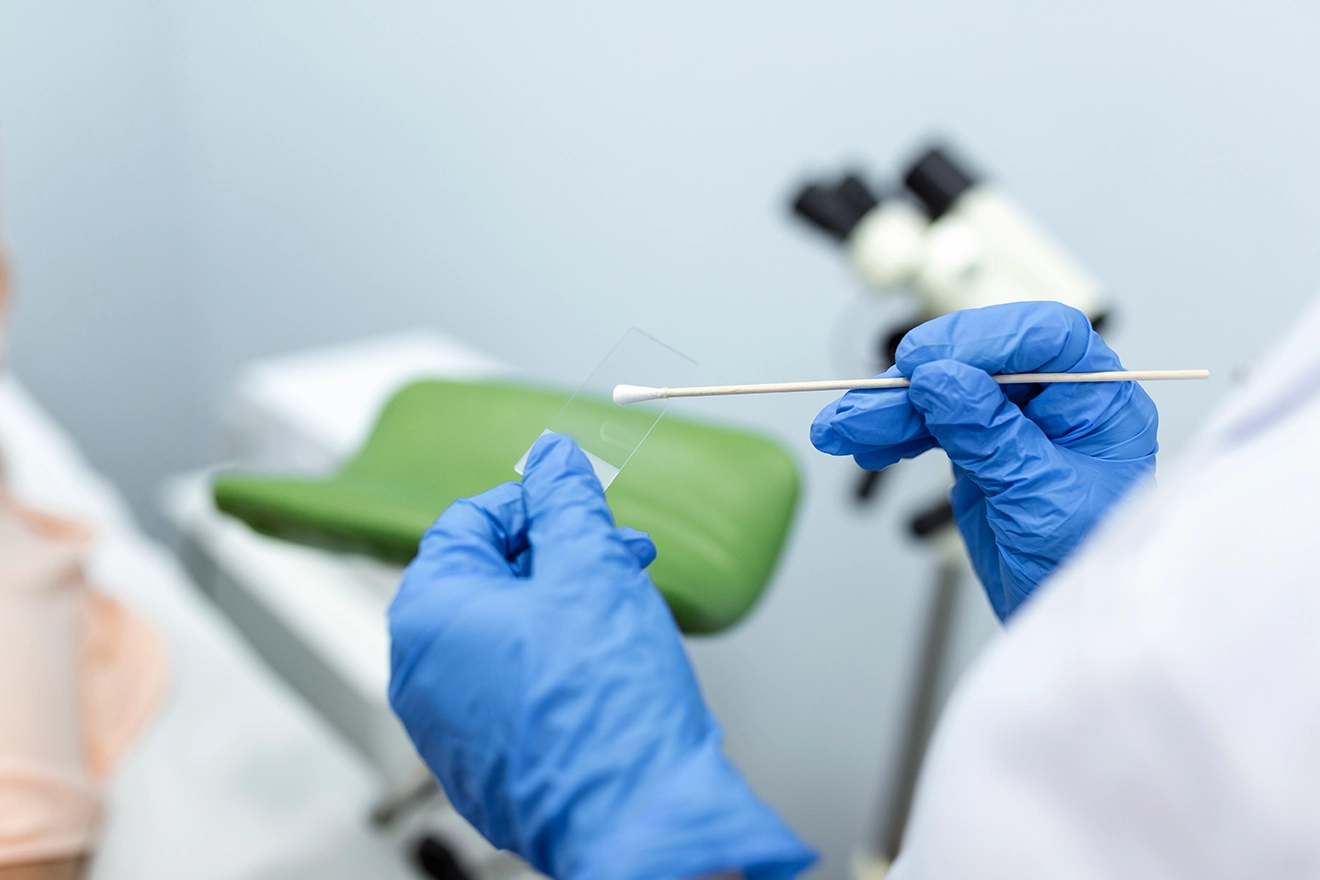
IVD devices are essential for healthcare professionals in providing accurate and timely diagnosis, monitoring, and treatment of diseases, leading to improved patient outcomes and better public health. IVD devices are classified into different classes based on their level of risk to the patient and the complexity of the device. The classification system for IVD devices varies depending on the region or country.
The classification of in vitro diagnostic reagents in China is based on the "Classification Catalogue of Medical Devices" and the "Administrative Measures for the Registration of Medical Devices" (hereafter referred to as the "Measures").
According to the Catalogue, in vitro diagnostic reagents are classified into three (03) categories: Class I, Class II, and Class III in vitro diagnostic reagents. The classification is based on the intended use, method of use, and potential harm to human health.
The following are the rules for the classification of in vitro diagnostic reagents in China:
- Class I in vitro diagnostic reagents are those that are used for preliminary screening or for monitoring disease and that have a low-risk to human health. Examples of Class I in-vitro diagnostic reagents include Nucleus Acid/DNA Extractions Kits and Gene sequencing kits.
- Class II in vitro diagnostic reagents are those that are used for diagnosis, monitoring, or disease screening, and that have a moderate-risk to human health. Examples of Class II in-vitro diagnostic reagents include Pregnancy test kit, Immunoglobulin (Ig) assay kit, Carbapenem-resistant Enterobacteriaceae (CRE) assay kit and Total Bilirubin (T-Bil) assay kit.
- Class III in vitro diagnostic reagents are those that are used for diagnosis, monitoring, or disease screening and that have a high-risk to human health. Examples of Class III in-vitro diagnostic reagents include blood group detection reagents, genetic testing reagents, hepatitis B virus detection reagents, Human Immunodeficiency Virus (HIV) detection reagents, and tumor marker detection reagent.
In Vitro Diagnostic (IVD) manufacturers in China must take several factors into consideration when classifying their devices according to the "Classification Catalogue of Medical Devices" provided by the China National Medical Products Administration (NMPA). These factors include:
- Intended Use: IVD manufacturers must carefully consider the intended use of their device and determine whether it is intended for preliminary screening, disease monitoring, or disease diagnosis. The intended use of the device will help to determine its level of risk and the appropriate classification under the catalog.
- Method of Use: IVD manufacturers must also consider the method of use of their device, including the sample collection and processing methods, the test methodology, and the interpretation of test results. The method of use will help to determine the level of risk associated with the device and its appropriate classification under the catalog.
- Potential Harm to Human Health: IVD manufacturers must assess the potential harm to human health associated with their device, including the risk of false positive or false negative results, the risk of cross-contamination, and the risk of adverse reactions to the device or its components. The potential harm to human health will help to determine the appropriate classification under the catalog.
- Similar Devices: IVD manufacturers must consider whether there are any similar devices on the market and how those devices are classified under the catalog. If there are similar devices that have already been classified, the manufacturer should ensure that their device is classified appropriately based on the similarities and differences between the devices.
- Regulatory Requirements: IVD manufacturers must be aware of the Regulatory requirements for each class of device under the catalog, including the pre-market testing and evaluation requirements, the Quality Management System (QMS) requirements, and the adverse event reporting requirements. Manufacturers should ensure that their device is classified appropriately based on the Regulatory requirements for each class.
Additionally, the registration of in-vitro diagnostic reagents in China is subject to the "Measures," which outline the requirements for registration, including pre-market testing and evaluation, quality management systems, and adverse event reporting. Following are the key requirements for the registration of in-vitro diagnostic reagents in China under the "Measures":
- Pre-market Testing and Evaluation: Before an in-vitro diagnostic reagent can be registered in China, it must undergo pre-market testing and evaluation to ensure that it meets the safety, effectiveness, and quality requirements set by the China National Medical Products Administration (NMPA). The testing and evaluation process may include clinical trials, analytical studies, and performance evaluations.
- Quality Management System (QMS): In addition to pre-market testing and evaluation, in-vitro diagnostic reagent manufacturers are required to establish and maintain a QMS that complies with the relevant national and international standards, such as ISO 13485:2016. The QMS must cover all aspects of the product life cycle, from design and development to manufacturing and Post-market Surveillance (PMS).
- Adverse Event Reporting: Manufacturers of in-vitro diagnostic reagents are required to establish an adverse event reporting system and report any adverse events related to their products to the NMPA in a timely manner. The adverse event reporting system must cover all stages of the product life cycle, from pre-market testing to PMS, and must comply with the requirements set by the NMPA.
- Labeling and Instructions for Use (IFU): In-vitro diagnostic reagents must be properly labeled and accompanied by clear and concise IFU that provide information on the intended use, method of use, precautions, and potential risks associated with the product.
- Post-market Surveillance (PMS): Once an in-vitro diagnostic reagent is registered and available on the market, the manufacturer is required to monitor its performance and safety through PMS activities. These activities may include monitoring adverse event reports, conducting post-market studies, and conducting routine inspections of the product and manufacturing facilities.
It is important for IVD manufacturers to carefully consider these factors when classifying their devices under the catalog to ensure that their devices are classified appropriately and in compliance with the relevant regulations and requirements. It is important to note that the registration process for in-vitro diagnostic reagents in China can be complex and time-consuming, and manufacturers are advised to seek the guidance of a qualified Regulatory consultant to ensure compliance with the relevant Regulatory requirements. Would you like to learn more about IVD classification in China? Reach out to our Regulatory partner. Stay informed. Stay compliant.









